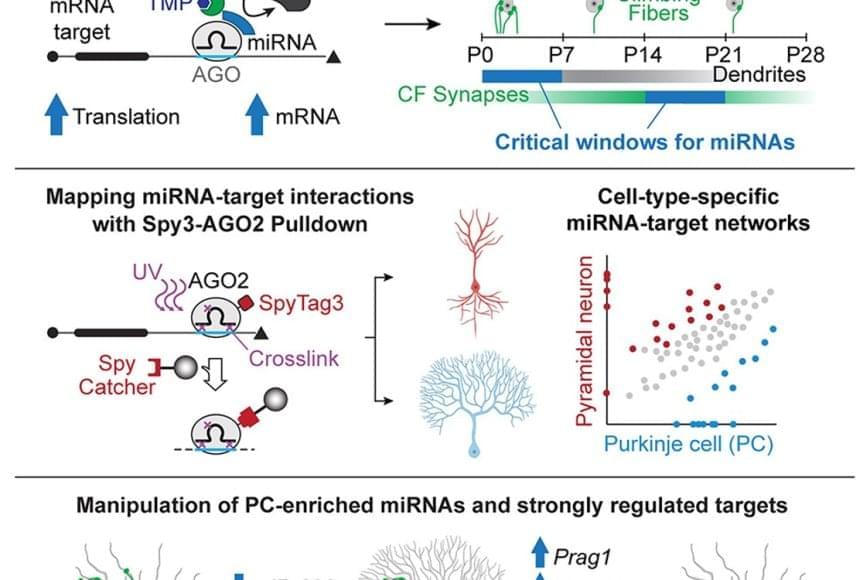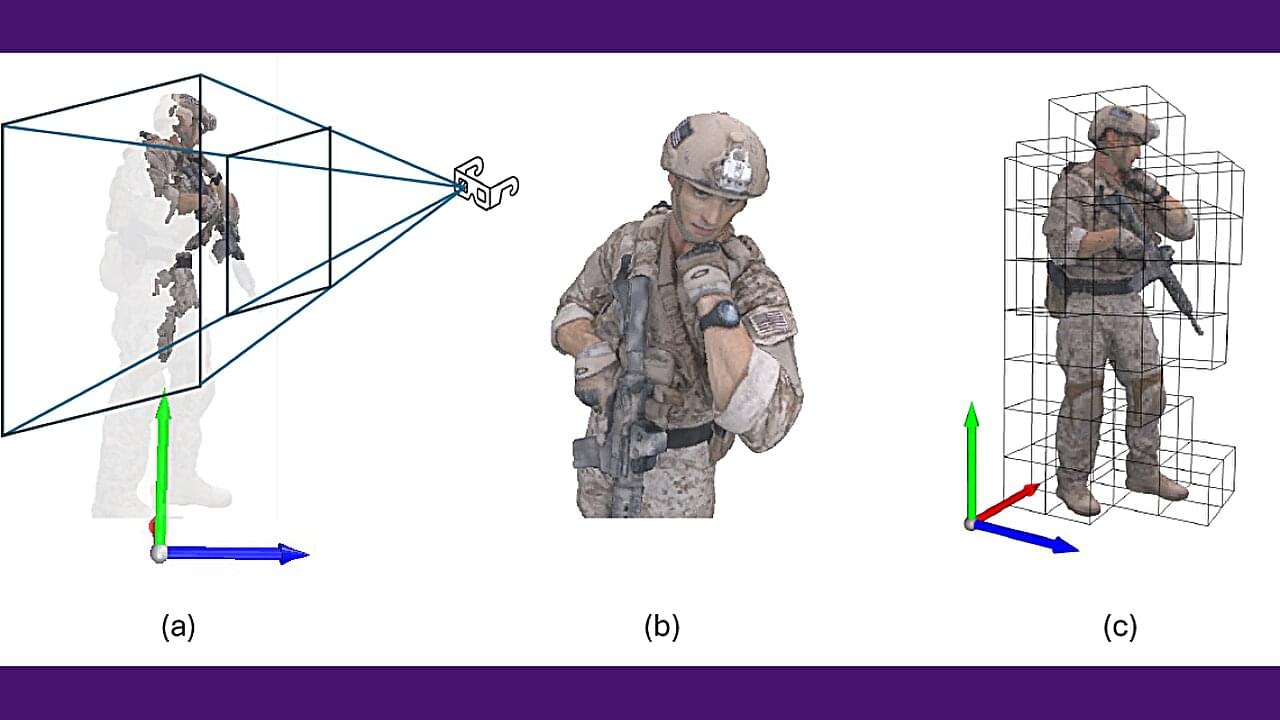OpenAI is giving ChatGPT’s memory feature its biggest upgrade yet, allowing the AI to know you better by referencing all your past conversations.



Wearables such as smartwatches, fitness trackers, or data glasses have become an integral part of our everyday lives. They record health data, monitor your sleep, or calculate your calorie consumption. Researchers from Karlsruhe Institute of Technology (KIT) have developed the open-source platform “OpenEarable.” It integrates a multitude of sensors into wireless earphones with the aim to enhance health measurements and safety applications in medicine, industry, and everyday life. The scientists are currently presenting their platform at Hannover Messe from March 31 to April 4.
Wearable technologies have made significant progress in recent years, but many of the existing systems are either proprietary, i.e. not customizable by others, or their measurement capabilities are limited. With OpenEarable 2.0, a research team headed by Dr. Tobias Röddiger from KIT’s TECO research group moves one step further: The open-source platform for ear-based sensor applications enables developers to create customized software. With a unique combination of sensors, more than 30 physiological parameters can be measured directly at the ear – from heart rate and breathing patterns to fatigue and body temperature. “Our aim was to create an open and high-precision solution for health monitoring that goes far beyond what is possible with today’s commercial wearables,” says Röddiger. “OpenEarable 2.0 provides a platform for researchers and developers that is easily customizable and scalable. This allows them to program the earphones individually for specific requirements.

Previous studies have suggested that microRNAs are critical for brain development, but their specific role in differentiation—the process of stem cells maturing into specialized cells—remained unclear.
“When neurons develop, they need to at some point decide what subtype they will become, but we really didn’t know much about the blueprint that instructs this differentiation,” says the author. “There was a lot of evidence suggesting that microRNAs might have a very important role here, but because the tools were not good enough, we couldn’t really nail down that question until now.”
The team focused on Purkinje cells, which comprise less than 1% of cells in the cerebellum. Purkinje cells integrate information from different parts of the brain and body, enabling us to make smooth, controlled movements. They are some of the largest brain cells and have a tree-like appearance—a single axon “trunk” that supports a system of “branches” known as the dendritic arbor. Purkinje cells are also surrounded by structures called climbing fibers that wrap around the cells’ dendrites and deliver information from other parts of the brain.
To attain their large size and elaborate arbor, Purkinje cell development involves prolonged periods of growth and branching. In mice, the long process of Purkinje cell development is complete around four weeks after birth.
To investigate how microRNAs are involved in neuron differentiation, the team developed new tools that temporarily turn off microRNA function during specific developmental windows. They found that microRNAs are critical during two phases in Purkinje cell development: inhibiting microRNAs during the first week after birth resulted in Purkinje cells with less complex dendritic arbors and smaller cerebellums. In contrast, inhibiting microRNAs during the third week after birth prevented the Purkinje cells from forming synaptic connections with climbing fibers. These findings shed light on how microRNAs control the precise timing of different aspects of Purkinje cell development that were previously thought to happen concurrently.
The team also developed a mouse model to identify which genes the microRNA molecules were targeting. Using this system, they identified two microRNAs critical for Purkinje cell development (miR-206 and miR-133) and four gene targets (Shank3, Prag1, Vash1, and En2). When they compared the Purkinje cell microRNA-target map to a map for pyramidal neurons—a functionally different but similar-looking brain cell—they showed that the two cell types follow very different microRNA blueprints during development.

A new approach to streaming technology may significantly improve how users experience virtual reality and augmented reality environments, according to a study from NYU Tandon School of Engineering.
The research—presented in a paper at the 16th ACM Multimedia Systems Conference (ACM MMSys 2025) on April 1, 2025—describes a method for directly predicting visible content in immersive 3D environments, potentially reducing bandwidth requirements by up to 7-fold while maintaining visual quality.
The technology is being applied in an ongoing NYU Tandon project to bring point cloud video to dance education, making 3D dance instruction streamable on standard devices with lower bandwidth requirements.
6G is the sixth generation of mobile network standards for cellular technology. Learn how 6G will work, who is building it and when to expect it.

Futuristic holograms you can manipulate have become a reality sooner than we thought, thanks to breakthrough display.


Volcanic activity at Mount Spurr in Alaska is predicted to culminate in an explosive eruption in the coming months, potentially resulting in ashfall and disruptions to aviation operations in the greater Anchorage area. The stratovolcano, located in the Aleutian volcanic arc, lies around 129 km (80 miles) west of Anchorage on the western side of the Cook Inlet.
An uptick in low-level seismic activity and snow and ice melt has been occurring at the volcano since last year, indicating magmatic movements taking place under the surface; the alert level at the volcano was raised to yellow (the second lowest-level on a four-tier scale) in October 2024. Volcanic gas emissions have also been recorded, and the latest assessments indicate this activity will more likely end in an eruptive episode, rather than simmer down as it did in 2004–2006.
How will AI shape our understanding of our creativity and ourselves?
In February, artist and technologist K Allado-McDowell delivered a fascinating Long Now Talk that explored the dimensions of Neural Media — their term for an emerging set of creative forms that use artificial neural networks inspired by the connective design of the human brain.
Their Long Now Talk is a journey through the strange valleys and outcroppings of this age of neural media, telling a story involving statistical distributions, anti-aging influencers at war with death itself, and vast quantities of “AI Slop,” the low-quality, faintly surreal output of cheap, rapidly proliferating image models.
Yet even in this morass of slop Allado-McDowell sees reason for optimism. Referring to the title of their 2020 book Pharmako-AI, which was co-written with GPT-3, Allado-McDowell notes that the Greek word pharmakon could mean both drug and cure. What may seem poisonous or dangerous in this new paradigm of neural media could also unlock for us new and deeper ways of understanding ourselves, our planet, and all of the intelligent networks that live within it.
This talk was presented February 25, 02025 at the Cowell Theatre in San Francisco. The event livestream is here: https://www.youtube.com/live/AsCGRjl3zac?si=KBfIfkqatLwdMr8M
Episode notes: https://longnow.org/ideas/neural-media/